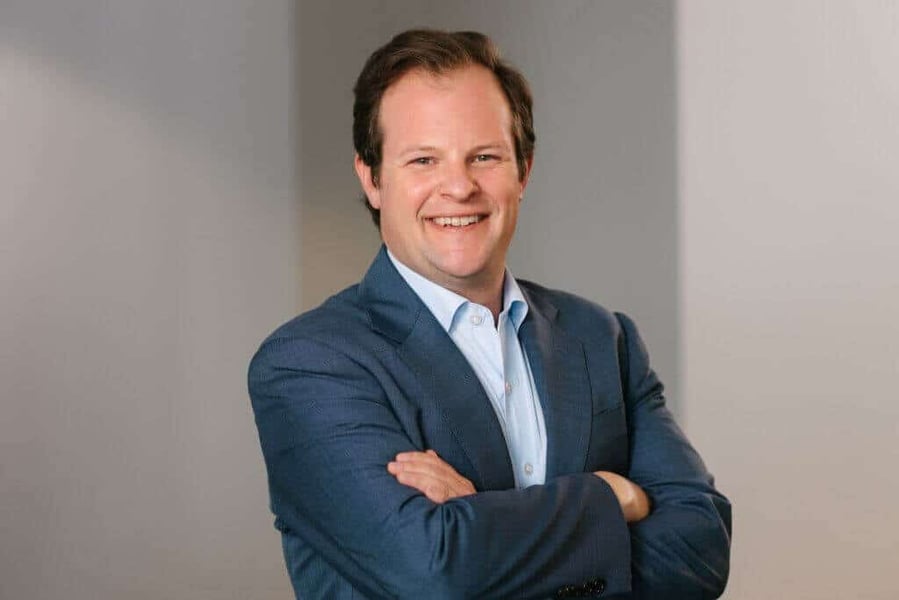

LPL Financial’s $2.7 billion acquisition for Commonwealth is raising questions about the deal’s valuation math, and whether the advisors that make it worth that price will actually stay.
The traditional broker-dealer model sees advisors operate as independent entrepreneurs, using the firm’s platform for custody, clearing, and oversight. In an interview with Investment News, Dynasty Financial Partners’ co-head of investment banking Harris Baltch explains that the broker-deal model produces low margins in which scale and cost synergies become critical to LPL’s $2.7 billion cost for Commonwealth.
“It's a big headline number, but that deal is really in some ways a melting ice cube tray,” was the metaphor Baltch used to suggest diminishing value. “If you look at the financials of LPL or Commonwealth … these types of businesses are very low margin in terms of their profitability,” he said. “Positioning the deal as a multiple that is below the level you trade, regardless of the financing mix you're going to utilize to take down the deal, was really important in that trade.”
LPL’s investor presentation says the $2.7 billion purchase price is based on a multiple of eight times run-rate EBITDA — a figure Harris noted includes “a couple hundred million dollars of synergies, which may or may not be realized.”
“I think the bankers were incredibly prescriptive in how they designed the press release and the investor day presentation, because LPL itself just trades at forward EBITDA in high single digits,” Baltch said. “So you run the risk of creating a commentary to the public market that if your multiple you did the deal is higher than the multiple in which you actually trade, then it's going to be presented as dilutive. And therefore you run the risk of analysts asking more questions than management actually cares to answer.”
LPL has said it is targeting to onboard 90% of the $2,900 advisors from Commonwealth, who collectively manage $285 billion in assets. Firms such as Raymond James, Kestra and Cetera are pursuing Commonwealth’s advisors, with Baltch expecting an “inevitable” crowd of Commonwealth advisors to ditch LPL. He referenced similar large-scale advisor exits during First Republic’s sale to JPMorgan and Silicon Valley Bank’s move to First Citizens.
“LPL is coming out with retention packages to incent the advisor base of Commonwealth to stay, but it wouldn't surprise me if some of the more sophisticated advisors start to re-evaluate their alternatives as a result of a deal like this,” said Baltch. “Because there are limiting incentives, they may not like the full infrastructure, they may want more choice. And so it wouldn't surprise me if you see a lot of money in motion—whether it's firms that stand up their own RIA or move elsewhere as a result of a big deal like this, it's almost inevitable.”

Firms are facing increasing scrutiny over whether they can be held responsible for losses by clients whose ability to understand their investments has been compromised.

Decision deepens the two firms’ decade-long relationship

Linqto Inc. was one of the first tech platforms to promise access to small investors into the high-risk, high-reward world of private investments.

Since Vis Raghavan took over the reins last year, several have jumped ship.

Chasing productivity is one thing, but when you're cutting corners, missing details, and making mistakes, it's time to take a step back.
Stan Gregor, Chairman & CEO of Summit Financial Holdings, explores how RIAs can meet growing demand for family office-style services among mass affluent clients through tax-first planning, technology, and collaboration—positioning firms for long-term success
Chris Vizzi, Co-Founder & Partner of South Coast Investment Advisors, LLC, shares how 2025 estate tax changes—$13.99M per person—offer more than tax savings. Learn how to pass on purpose, values, and vision to unite generations and give wealth lasting meaning
